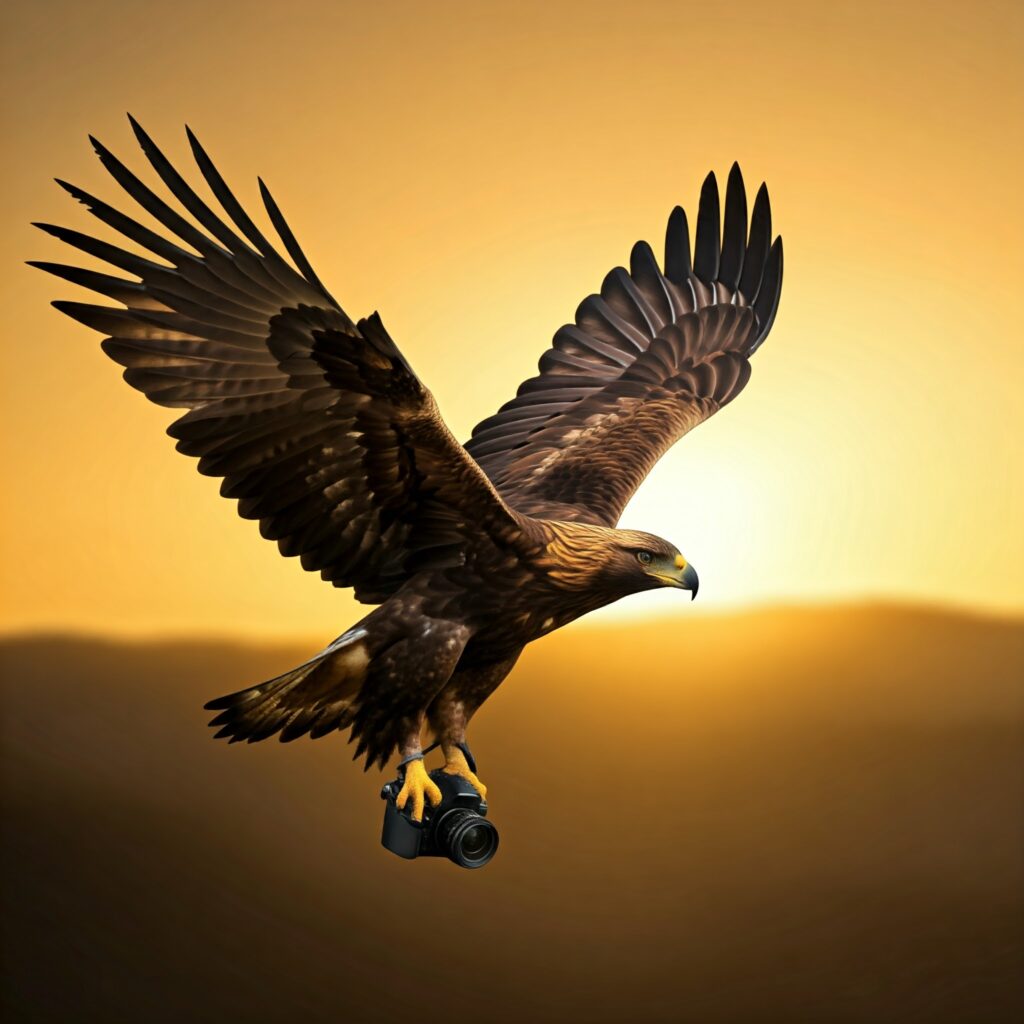HAPPY FALL Y'ALL! --- Check out our HOLIDAY gift ideas!
Wildlife of the Year: Capturing the Essence of Wildlife Photography

The thrill of outdoor wildlife photography lies in the pursuit of capturing fleeting moments of untamed beauty. From the majestic grace of a soaring eagle to the intimate details of a tiny insect, wildlife of the Year offers a diverse tapestry of subjects waiting to be immortalized through the lens. This comprehensive guide will explore the captivating world of outdoor wildlife photography, addressing common challenges and offering expert insights to help you create stunning images that celebrate the wonders of the natural world.
Table of Contents
Outdoors Photography Essentials
1. Patience and Observation: Outdoor wildlife photography is a waiting game, demanding unwavering patience and keen observation. Understanding animal behavior and anticipating their movements is crucial for capturing those perfect shots.
2. Understanding Your Gear: Mastering the technical aspects of your camera and lenses is essential for success in wildlife photography. Familiarize yourself with aperture, shutter speed, ISO, and focusing techniques to ensure sharp and well-exposed images.
3. Composition and Storytelling: Elevate your outdoor wildlife photography by focusing on composition and storytelling. Use elements like leading lines, rule of thirds, and negative space to create visually compelling images that evoke emotions and narrate a story.
4. Respecting Wildlife: Ethical considerations are paramount in outdoor wildlife photography. Always prioritize the well-being of the animals and avoid disturbing their natural behavior or habitats. Keep a safe distance and adhere to all rules and regulations governing wildlife viewing and photography.
Wildlife of the Year Photography: Overcoming Common Challenges
1. Gear and Budget Constraints: Outdoor wildlife photography often requires specialized equipment, which can be expensive. However, don’t let budget constraints deter you. Start with the gear you have and gradually upgrade as your skills and needs evolve.
2. Finding Subjects and Locations: Locating wildlife of the year can be a challenge, especially for beginners. Research local parks, reserves, and wildlife sanctuaries to identify potential hotspots. Networking with other photographers and joining photography groups can also provide valuable insights.
3. Dealing with Unpredictable Conditions: Outdoor wildlife photography is often at the mercy of the elements. Be prepared for changing weather, harsh lighting, and challenging terrain. Dress appropriately, protect your gear, and adapt your approach accordingly.
Expert Tips and Creative Strategies
1. Mastering Light: Understanding and manipulating light is crucial for creating stunning wildlife photography. The golden hours of sunrise and sunset offer soft, warm light that enhances the beauty of your subjects. Experiment with backlighting, side lighting, and diffused light for dramatic effects.
2. Capturing Behavior: Go beyond static portraits and strive to capture wildlife of the year in action. Focus on behaviors like hunting, feeding, mating, and playing to add dynamism and intrigue to your images.
3. Experimenting with Perspectives: Break away from conventional viewpoints and experiment with different perspectives to create unique and captivating images. Get low to the ground for a worm’s-eye view or use a telephoto lens to isolate subjects against blurred backgrounds.
4. Post-Processing Enhancements: Post-processing can enhance the impact of your wildlife photography. Use software like Adobe Lightroom or Photoshop to adjust exposure, contrast, sharpness, and color balance. However, maintain a natural look and avoid over-editing.
Exploring Different Habitats
1. Forests and Woodlands: Forests offer a diverse range of wildlife of the year subjects, from elusive birds to majestic mammals. Use a telephoto lens for close-ups and a wide-angle lens for capturing the grandeur of the forest environment.
2. Grasslands and Savannas: Grasslands provide vast open spaces for observing wildlife of the year interactions. A telephoto lens is essential for capturing distant subjects, while a tripod can help stabilize your shots in windy conditions.
3. Wetlands and Coastlines: Wetlands and coastlines attract a variety of birdlife and marine animals. A waterproof camera or housing is recommended for capturing wildlife of the year in these environments.
Wildlife of the Year Trivia: Did You Know?
- The “Wildlife Photographer of the Year” competition, hosted by the Natural History Museum in London, is the most prestigious wildlife photography competition in the world.
- Camera traps, also known as trail cameras, are remotely activated cameras used to capture images of wildlife of the year in their natural habitats without human disturbance.
- The use of drones in wildlife photography is a growing trend, allowing photographers to capture aerial perspectives and access remote locations. However, drone usage is subject to strict regulations and ethical considerations to minimize disturbance to wildlife during the year.
Wildlife of the Year Photography: Embracing the Journey
Outdoor wildlife photography is more than just a hobby; it’s a journey of discovery, patience, and appreciation for the natural world. By embracing the challenges and rewards of this captivating pursuit, you’ll not only create stunning images but also develop a deeper connection with the wildlife of the year that shares our planet. So grab your camera, venture outdoors, and let the wonders of nature inspire you to capture the essence of wildlife of the year through your lens.
Please note that while this blog post provides insights into outdoor wildlife photography, specific techniques, and practices may vary depending on the species, location, and equipment used. Continuous learning, experimentation, and ethical considerations are essential for responsible and successful wildlife photography.






